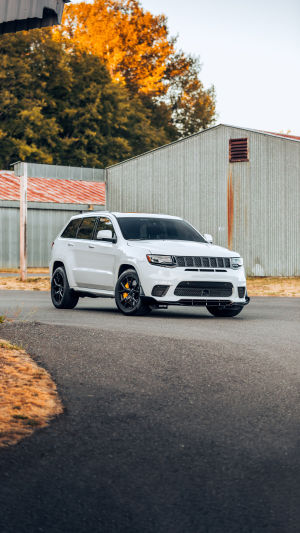Muscles tend to be stiff during winter, and joint flexibility can decrease. Like preparing our bodies for exercise with a thorough warm-up, cars also need a set of "warm-up exercises" before hitting the road, especially in cold weather.
This warming-up process enhances fuel efficiency and ensures that critical components like the engine, transmission, and driveline operate smoothly.
When a vehicle has been parked for an extended period, engine oil tends to settle in the sump, leaving the upper part of the engine lacking lubrication. To address this, a brief 30-second preheating is necessary to kickstart the oil pump, ensuring proper lubrication of engine parts such as pistons, connecting rods, and crankshafts.
One often overlooked aspect is the lubrication of the transmission speed gear. Like engine oil, gear oil in the transmission can flow back into the lower half after prolonged inactivity.
This can cause resistance during gear shifting, affecting smooth transitions. Unlike the engine, the gearbox lacks a gear oil pump, making it necessary to engage in some slow driving to improve the situation rather than relying solely on warming up the car.
Before the engine reaches its operating temperature, the oil supply system remains inefficient due to low temperatures. This can affect the engine's average start and increase fuel injection, leading to carbon deposits and reduced engine power.
To counteract this, the damper is crucial in preventing excess air from entering the cylinder, enhancing the gasoline and air mixing ratio, and increasing engine speed to avoid stalling.
A common misconception about warming up a car is the belief that the vehicle must be thoroughly warmed up before hitting the road. Some drivers wait for the water temperature gauge to reach the average value (around 90 degrees) before driving, thinking it reduces engine wear.
However, prolonged idling has drawbacks, including unfavorable effects on fuel economy, potential damage to the catalytic converter, and increased wear on the transmission, driveline, and braking system when driving.
The correct approach to warming up a car involves driving slowly at a low speed for 30 seconds to 1 minute. Following this brief warm-up, avoiding high rates is advisable, as slamming on the gas pedal can cause unnecessary wear and tear to the engine and transmission.
Keeping the engine speed below 3000 to 3500 rpm is recommended until it reaches its average operating temperature. Once that's achieved, drivers can resume their everyday driving style.
Warming up your car is a crucial step in winter driving. Adopting the correct methods outlined above, you can efficiently warm up your vehicle, ensuring it operates smoothly in cold weather conditions.





